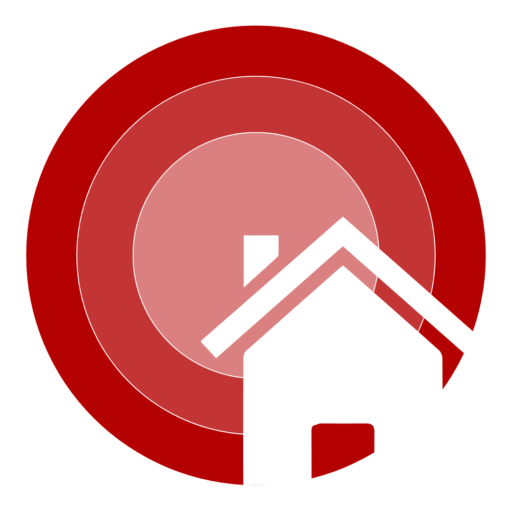Buying a home is a significant milestone, and one of the most crucial aspects of the process is understanding the real estate down payment. The real estate down payment is often a source of confusion and stress for many potential homeowners. How much should you save? What percentage of the home’s price is ideal? In this blog, we will demystify the concept of the real estate down payment and provide you with all the information you need to make an informed decision.
A real estate down payment is typically a percentage of the home’s purchase price that you pay upfront. The amount you put down can influence your mortgage terms, interest rates, and monthly payments. Knowing the ins and outs of real estate down payments can help you plan better and avoid potential pitfalls. We’ll explore different down payment options, from the traditional 20% to lower percentages that may be available through specific loan programs. Additionally, we’ll discuss the pros and cons of making a larger versus a smaller real estate down payment.
Understanding your real estate down payment options is essential to ensure you’re making the best financial decision for your future. Whether you’re a first-time homebuyer or looking to invest in another property, this guide will shed light on everything you need to know about real estate down payments. Stay tuned as we break down the myths and lay out the facts to help you navigate the home-buying process with confidence.
What is a Real Estate Down Payment?
A real estate down payment is the initial amount of money a buyer pays upfront when purchasing a home. This payment is typically expressed as a percentage of the home’s total purchase price. For example, a 20% down payment on a $300,000 home would be $60,000.
The down payment plays a crucial role in the home buying process. It demonstrates the buyer’s commitment and financial capability to lenders, influencing the terms of the mortgage. A substantial down payment can lead to better loan terms, lower interest rates, and reduced monthly mortgage payments. Additionally, it helps in building equity in the property right from the start, making it a critical factor in securing and financing a new home.
Typical Down Payment Percentages
Common down payment percentages range from 20% to as low as 3-5%, depending on various factors. The traditional benchmark is 20%, which can provide better loan terms and eliminate the need for private mortgage insurance (PMI). However, many buyers, especially first-time homebuyers, opt for lower down payments of 10%, 5%, or even 3% through specific loan programs.
Several factors influence the required down payment percentage, including the type of mortgage, the buyer’s credit score, and the lender’s policies. Government-backed loans, such as FHA loans, often allow for lower down payments. Additionally, a strong credit history and a stable income can also enable buyers to secure a mortgage with a lower down payment.
Saving for a Down Payment
Saving for a down payment can be a challenging but essential part of the home-buying process. Here are some tips for saving effectively and strategies to build your down payment fund:
- Create a Budget: Track your income and expenses to identify areas where you can cut back and save more.
- Set a Savings Goal: Determine how much you need for your down payment and set a realistic timeline to reach your goal.
- Open a Dedicated Savings Account: Use a separate account for your down payment savings to avoid spending it on other expenses.
- Automate Savings: Set up automatic transfers to your dedicated savings account to ensure consistent contributions.
- Reduce Debt: Paying off high-interest debt can free up more money for savings.
- Cut Unnecessary Expenses: Limit discretionary spending on non-essential items to increase your savings rate.
- Increase Income: Consider side jobs or freelance work to boost your income and accelerate your savings.
In addition to the down payment, it’s crucial to understand and prepare for other costs associated with buying a home. These include closing costs, which can range from 2-5% of the home’s purchase price, and may cover fees for loan origination, appraisal, title insurance, and inspections. Being aware of these additional expenses ensures you have a comprehensive financial plan when saving for your new home.
Conclusion
Understanding real estate down payments is a crucial step in the home-buying process. We’ve covered the definition and importance of a down payment, common percentages, benefits of larger down payments, options for lower down payments, and effective saving strategies.
Planning and thorough research are essential to navigate your financial journey successfully. By being well-informed, you can make confident decisions and secure favorable mortgage terms.
For more detailed information and guidance, explore additional resources on our blog or reach out to real estate professionals. They can provide personalized advice to help you achieve your homeownership goals.


